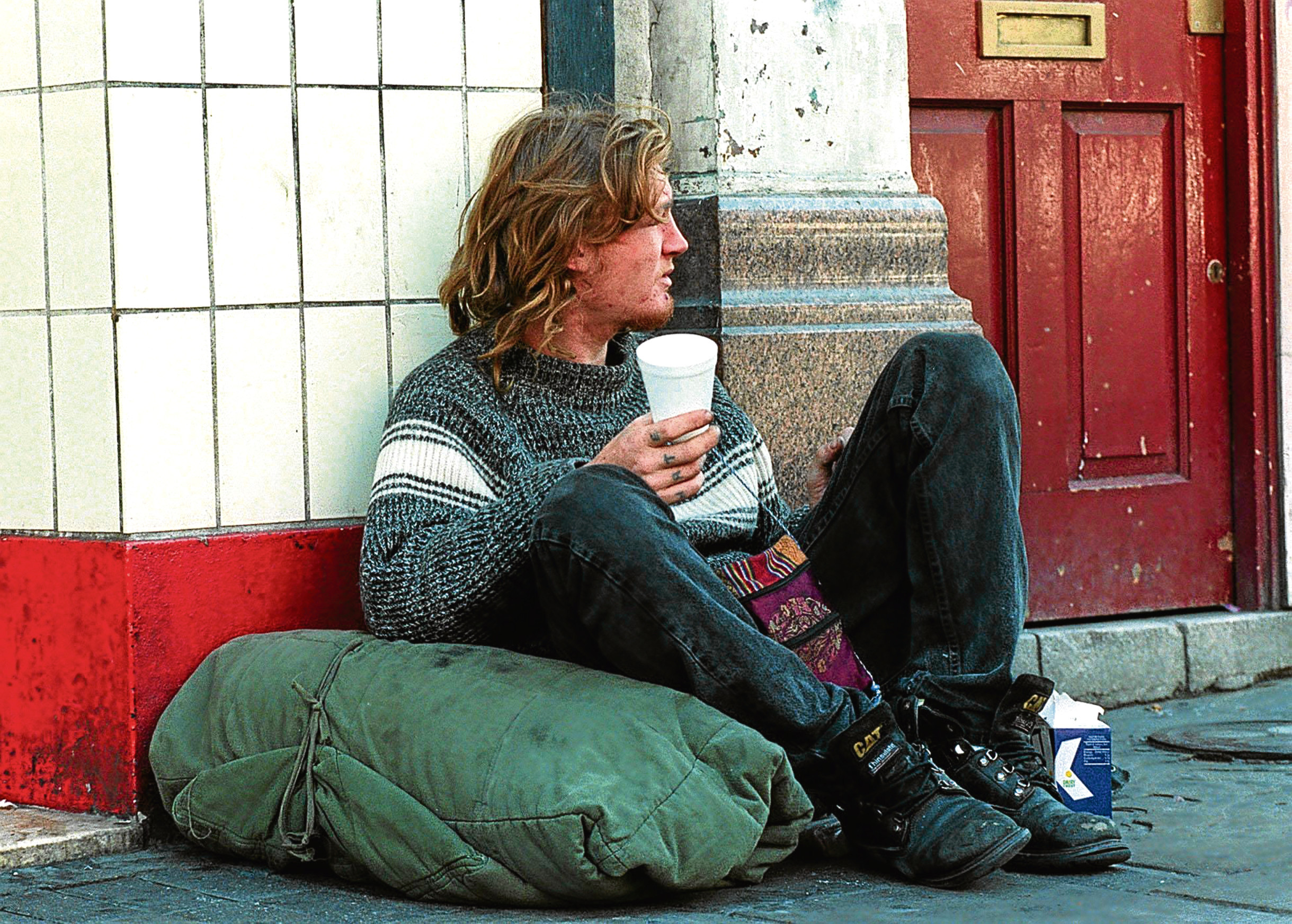
Attendances of homeless patients at A&E have at least tripled in eight years, with hundreds stuck in hospitals for long periods of time, figures show.
There were at least 36,000 emergency department attendances by people of no fixed abode during 2018-19, according to hospital figures obtained by the British Medical Association (BMA).
This is up from 11,305 in 2010-11 and a “significant jump” from the previous year, Freedom of Information requests by the body’s membership magazine The Doctor found.
There were at least 11,986 admissions to hospitals of homeless people recorded over the same period, compared to 3,378 admissions in 2010/11.
In one case, a patient stayed in hospital for at least 462 days.
The BMA believes the figures only show a fraction of the reality, with the true numbers “likely to be far higher”.
The BMA emergency medicine lead and consultant committee deputy chairman, Dr Simon Walsh, said: “These figures are soul-destroying and show the needs of homeless people continue to be ignored and the impact on hospitals not understood.
“That being said, it will sadly not come as a surprise to many doctors who see the harsh reality of homelessness in hospital emergency departments every day.
“If anything, these numbers are just the tip of the iceberg and the true figures are likely to be far higher.
“In recent years community services have become radically overstretched meaning more homeless people are overlooked or left to fend for themselves.
“When they are ill or in need, emergency departments become the net to catch them.
“Doctors and healthcare staff will continue to provide the best treatment they can but ultimately we need more resources made available in order to provide the specialist help that this extremely vulnerable population desperately needs.”
The figures also show that 49 hospital trusts said homeless patients had stayed in hospital for at least three weeks, totalling 16,129 days in beds.
Seventy-eight patients stayed in King’s College hospitals for a total of 4,383 days, while one patient in Nottingham University hospitals stayed at least 462 days.
Chief executive of the homeless healthcare charity Pathway, Alex Bax, said: “Homeless patients face the very worst health inequalities in our society – and are suffering more than anyone from the impact of nine years of brutal austerity politics in this country.”

Enjoy the convenience of having The Sunday Post delivered as a digital ePaper straight to your smartphone, tablet or computer.
Subscribe for only £5.49 a month and enjoy all the benefits of the printed paper as a digital replica.
Subscribe